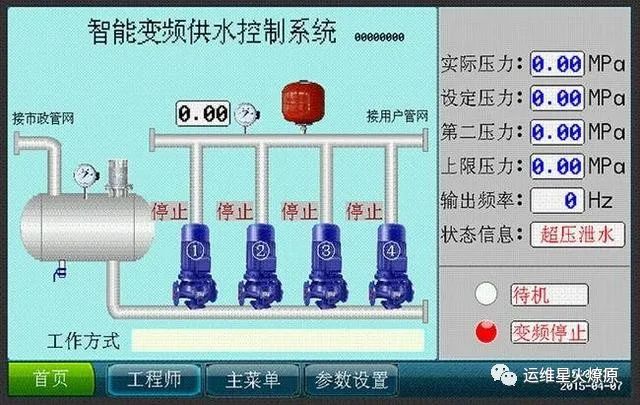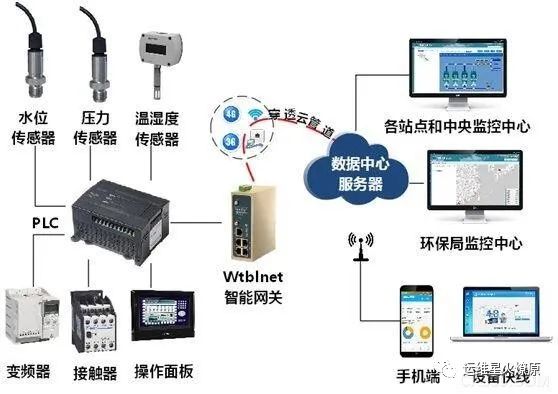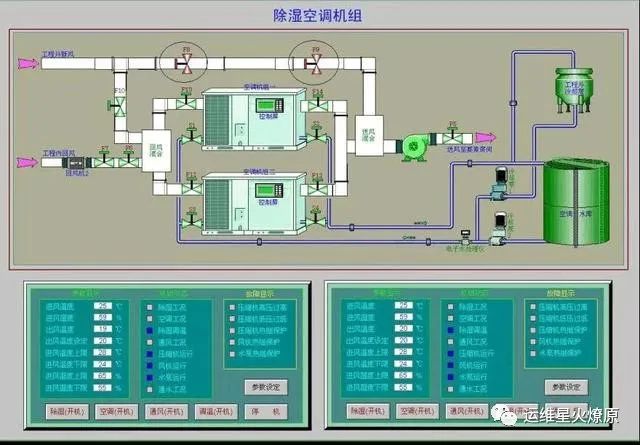PLC controllers, also known as Programmable Logic Controllers, are electronic devices designed specifically for digital computation operations in industrial production.
Why is the PLC controller considered the core force of industrial control systems? Because it can achieve various controls and connect to computers for communication. What control functions can the PLC controller achieve? There are several categories of functions: logic control of discrete signals, analog control, motion control, process control, data processing, communication, and networking. Through these major functions, we can see that the PLC controller encompasses computer technology, signal processing technology, control technology, and network technology. Isn’t that enough for it to become the core force of industrial control systems?

In fact, the PLC controller is akin to a computer dedicated to industrial control, with a hardware structure that is fundamentally similar to that of a microcomputer, including a central processing unit, memory, power supply, program input device, and input/output circuits. The working process of the PLC controller can generally be divided into three stages: input sampling, user program execution, and output refresh. During the operation of the controller, the CPU continuously repeats the above three stages at a certain scanning speed.

After discussing so much, where can the PLC be applied? Depending on the different functions of the PLC control cabinet, it can be utilized in various fields. The logic control function of discrete signals is the most basic and widely used application area for PLC control cabinets, capable of implementing logic control and sequential control, applicable for controlling a single device, as well as in multi-machine group control and automated assembly lines. In industrial production, many variable quantities arise, which must be recorded as digital quantities; at this point, the PLC control cabinet can achieve the conversion between these variable quantities and digital quantities, i.e., A/D and D/A conversion.
The PLC controller can also achieve control of circular and linear motion, widely used in various machining, machine tool processing, robotics, and elevators. As a specialized industrial control computer, the PLC controller can compile various control algorithm programs to achieve closed-loop control of analog quantities such as temperature, pressure, and flow. This function is widely used in metallurgy, chemical engineering, heat treatment, and boiler control.
Modern PLC controllers also possess functions such as mathematical operations, data transmission, data conversion, and sorting, completing data collection, analysis, and processing in industrial production, and can also utilize communication functions to transmit data to other intelligent devices.

The most important aspect of industrial production is safety, so the reliability and safety of equipment must be a consideration for major industrial enterprises and factories. Additionally, the practicality and economy of equipment are also issues that must be considered. Therefore, why not consider Xian DeWo Electric Co., Ltd.? Their service tenet is “customizing products for you,” and they have received public praise for being “safe, reliable, and energy-efficient.”
As the demands for industrial production become stricter and more demanding, the PLC controller will undoubtedly see greater development. Computer technology will be applied more in the design and manufacturing of PLC controllers, leading to faster computation speeds, larger storage capacities, and greater intelligence. In terms of the scale of PLC controllers, there will be further development towards ultra-small and ultra-large sizes, and in terms of compatibility, the variety of PLC will be richer, with more complete specifications, and communication equipment will also be more improved.